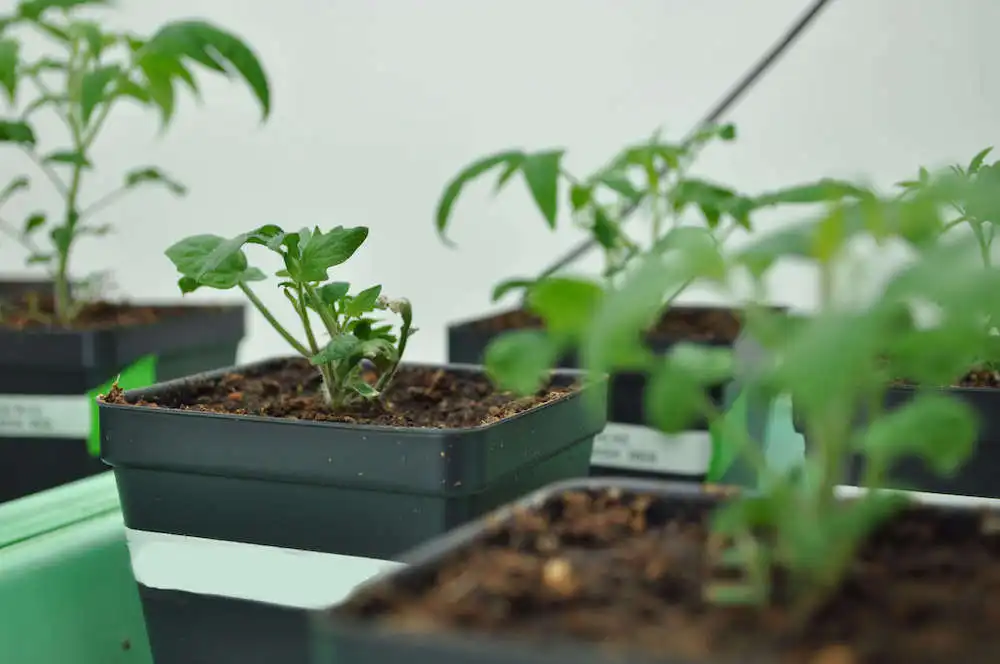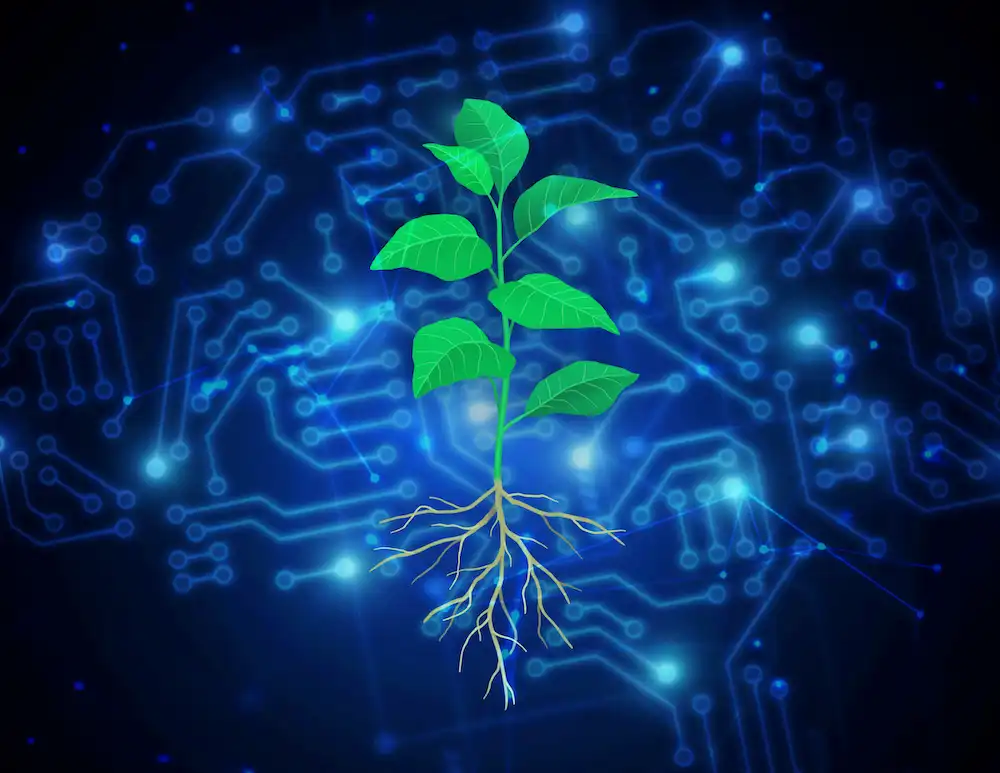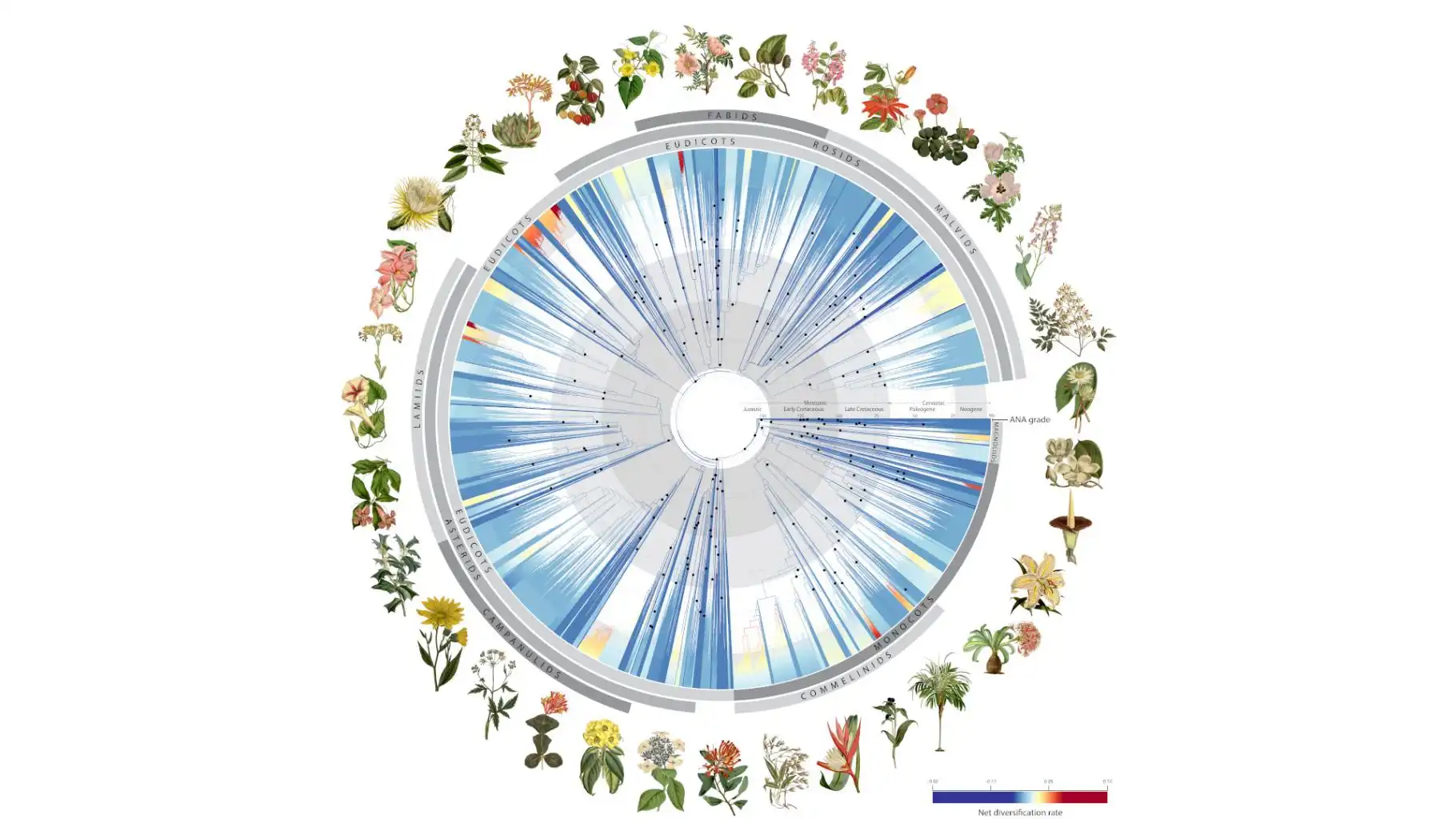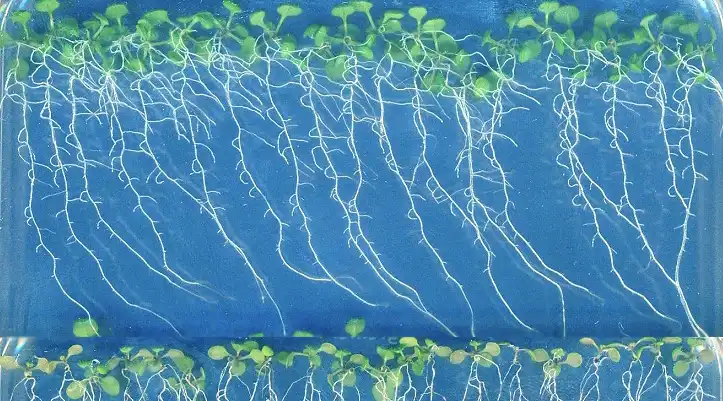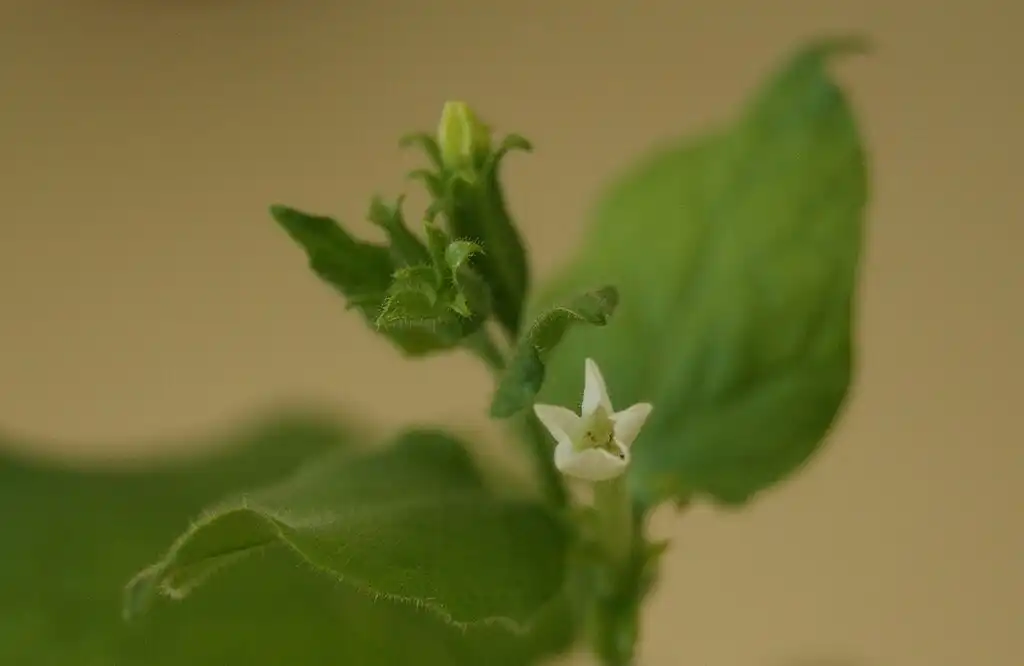
Pioneering research delves into plant immune system mechanics, spotlighting the role of callose in intercellular communication via plasmodesmata (PD). Their study, comparing detection methods for callose accumulation, sheds light on plant defense strategies. These findings promise standardized techniques for enhanced plant disease management.


